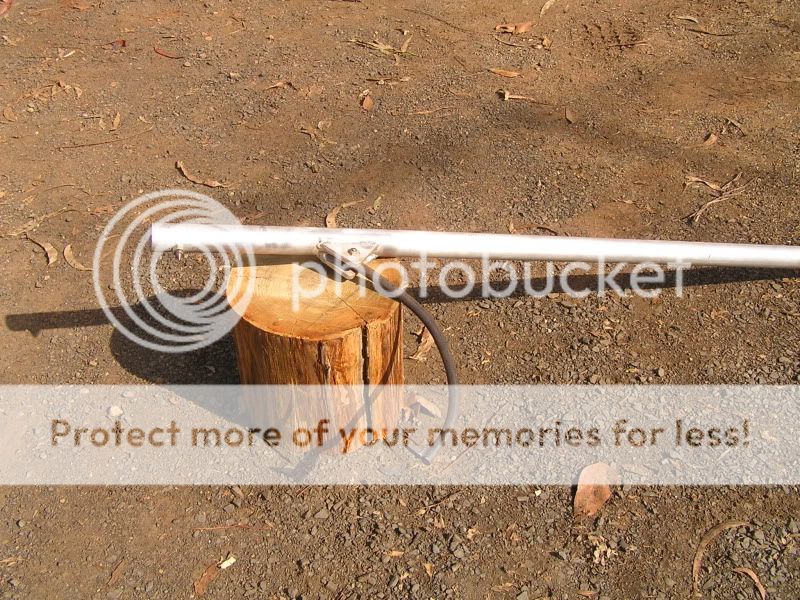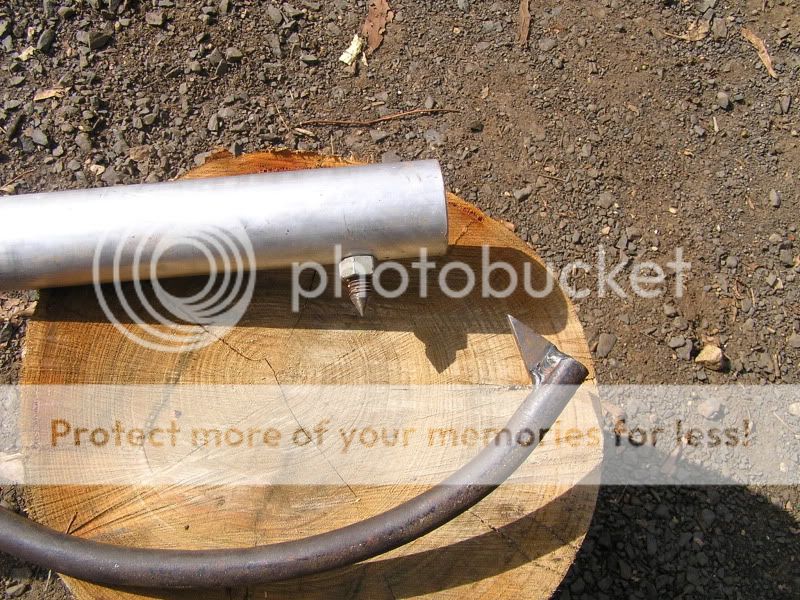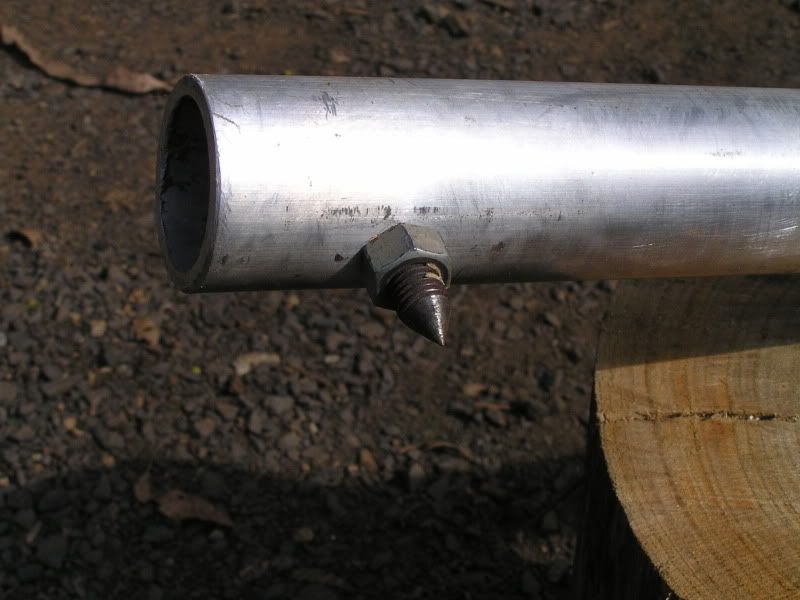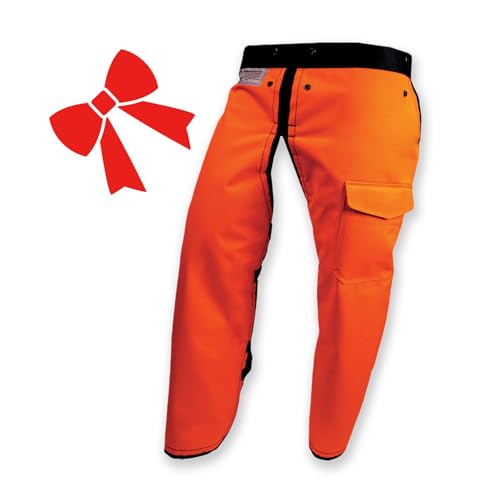YarraValleyDude
ArboristSite Operative
Guys, this i my attempt at a cant hook, I've never used one before so i don't know what to expect from it.
Seems to work ok on logs up to about 24", its just built from some scraps i had lying around from other projects.
Handle is 5' long Ali scaffold pipe and the hook 20mm round bar bent to shape in a press. The spike is a M12HT capscrew sharpened to a point.
A few pics for you..and let me know what you think and if it need improving.




Rob
Seems to work ok on logs up to about 24", its just built from some scraps i had lying around from other projects.
Handle is 5' long Ali scaffold pipe and the hook 20mm round bar bent to shape in a press. The spike is a M12HT capscrew sharpened to a point.
A few pics for you..and let me know what you think and if it need improving.




Rob



























































